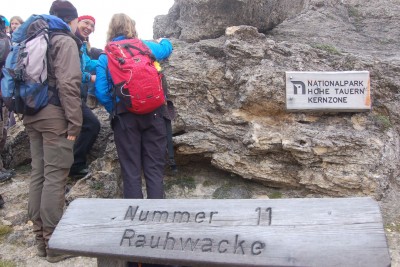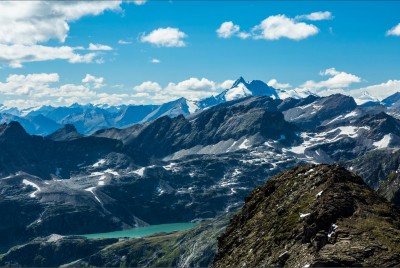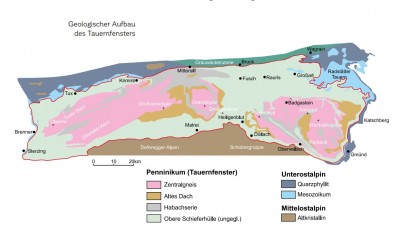GeologyThe formation of the Alps
The Tauern Window is an unusual geological feature: It lets you view an exciting journey through millions of years of Earth's history.
A look into Earth's history
The extraordinary high mountain landscape in the Hohe Tauern National Park has been formed from exciting geological processes covering millions of years. Endogenous forces found in the Earth's core led to shifts in the Earth's crust plates. Mighty rock massifs buckled and stacked themselves on top of one another to create an impressive mountain massif. The exogenous processes on the Earth's surface have moulded the landscape. The glaciers have abraded cirques and valleys, the weathering process and water keep changing the mountains to this day.
National park history -
the formation of the Alps
The Tauern Window is an unusual geological feature:
You can view an exciting journey through the millennia of Earth's history.





